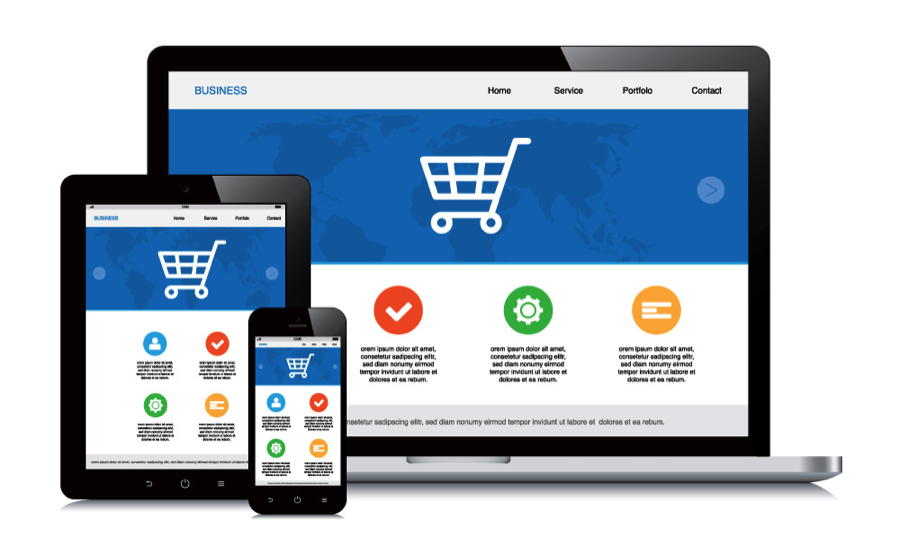Because of advancing technologies and online innovations in a now digital world, buyers today are more sophisticated and knowledgeable, especially in the business arenas. They are well educated on the products and services that you offer before ever contacting your sales team to discuss making a purchase.
The sources that these B2B (Business to Business) shoppers refer to are generally varied, however some of the most popular means of content research are:
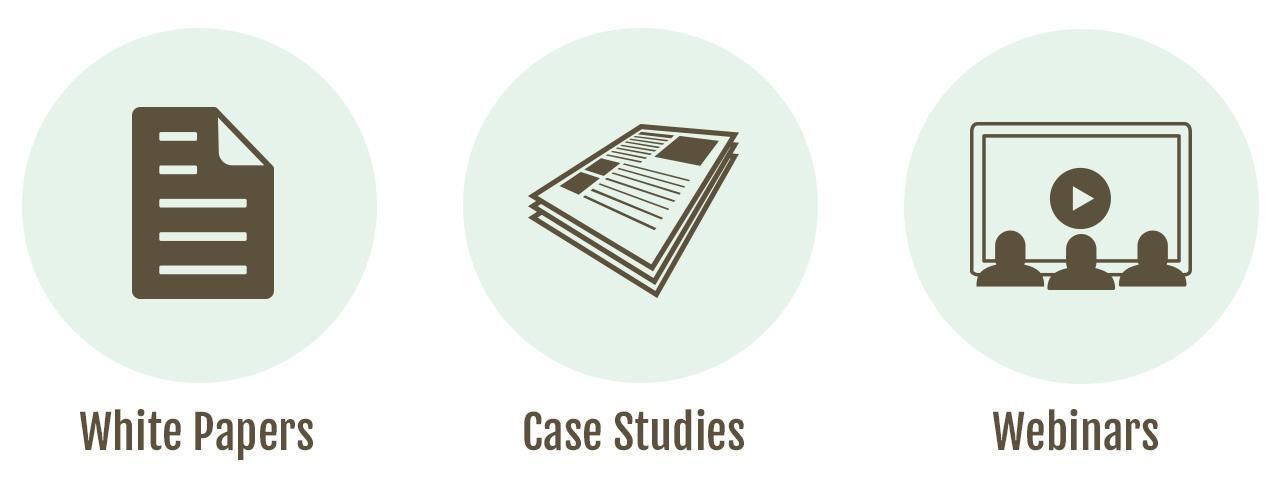
Interestingly, 40% of Business-to-Business buyers frequently share company blog posts. The material that is most trusted by B2B buyers is peer-reviewed user generated content; so trusted, in fact, that 97% consider it more believable!
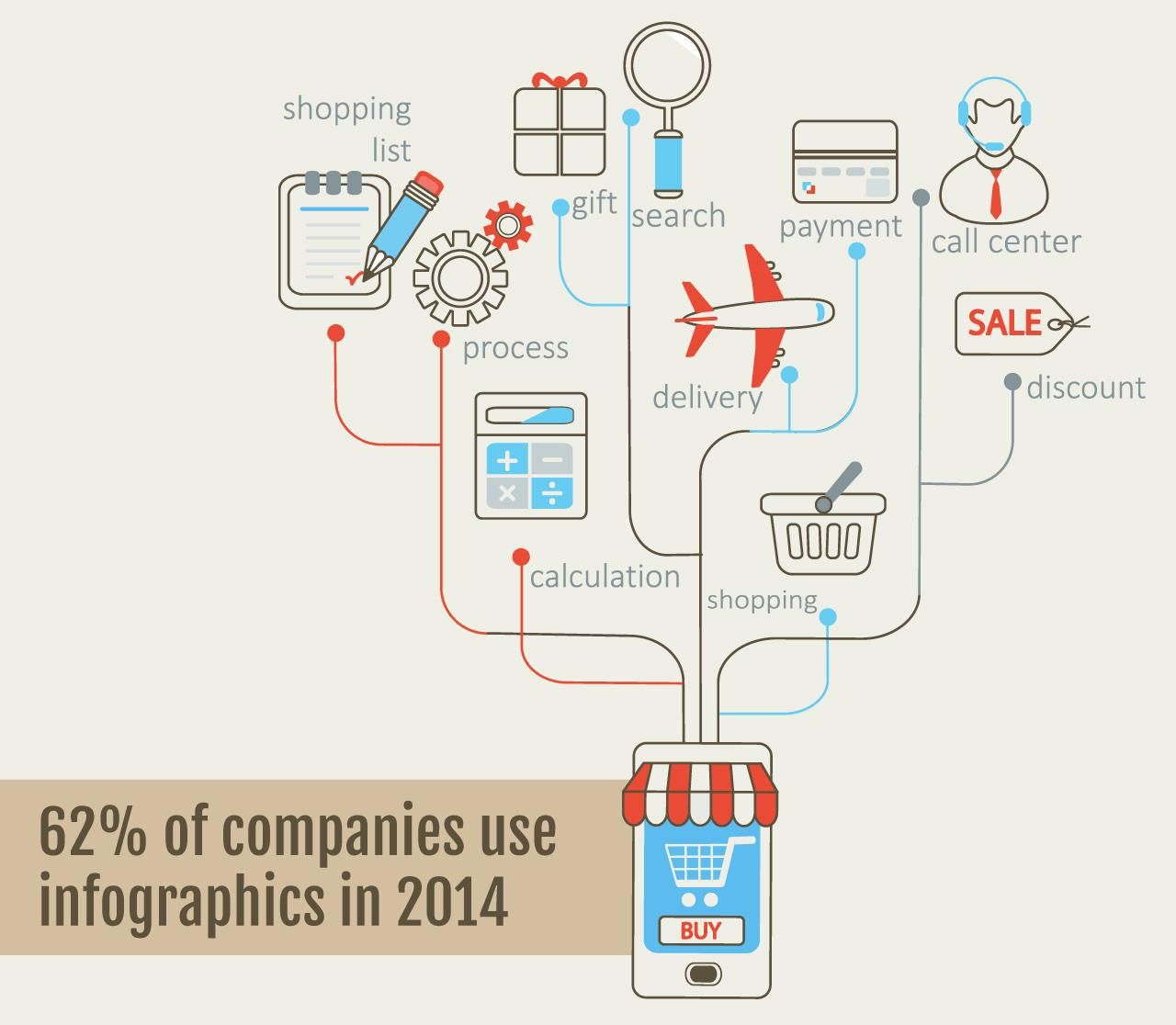
Infographics are another visual tool that is on the rise, leaping from 51% of companies using them in 2013 to 62% in 2014. A well-designed Infographic can help potential customers understand a complicated subject. It can also convert an otherwise boring subject into a captivating experience. By adding interactive content (like infographics) to their websites, marketers can realize one of the most strategic and effective strategies in their overall marketing campaigns. It should be visually engaging, contain pertinent subject matter, and appeal to your target audience. In addition, it should be backed up by other creative and engaging content across websites and social channels.
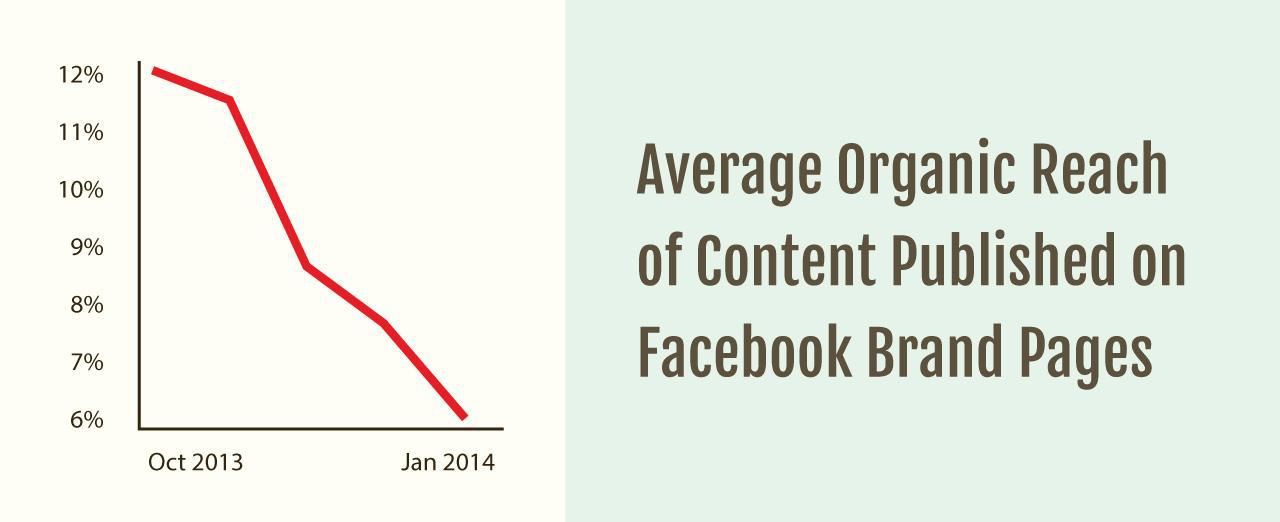
Organic reach has plummeted from 12% in 2013 to 6% in 2014 for all Facebook Pages. The days where a marketer can achieve substantial business results at high volumes from organic methods alone have come to an end.
It has been said that, “Content is King.” The Internet is now bustling with content, as the marketing mix has become more diverse and more visual. When surveyed, 86% of buyers indicated the desire for more visual and interactive content. This makes sense when you consider that companies that incorporate video into their content mix realize a conversion rate that, on an average, is 66% higher.
Simply put-visual, interactive content that has been peer-reviewed and shared with other contacts will have a much greater conversion rate than the humdrum, heavily worded content that is scattered so abundantly over the Internet.
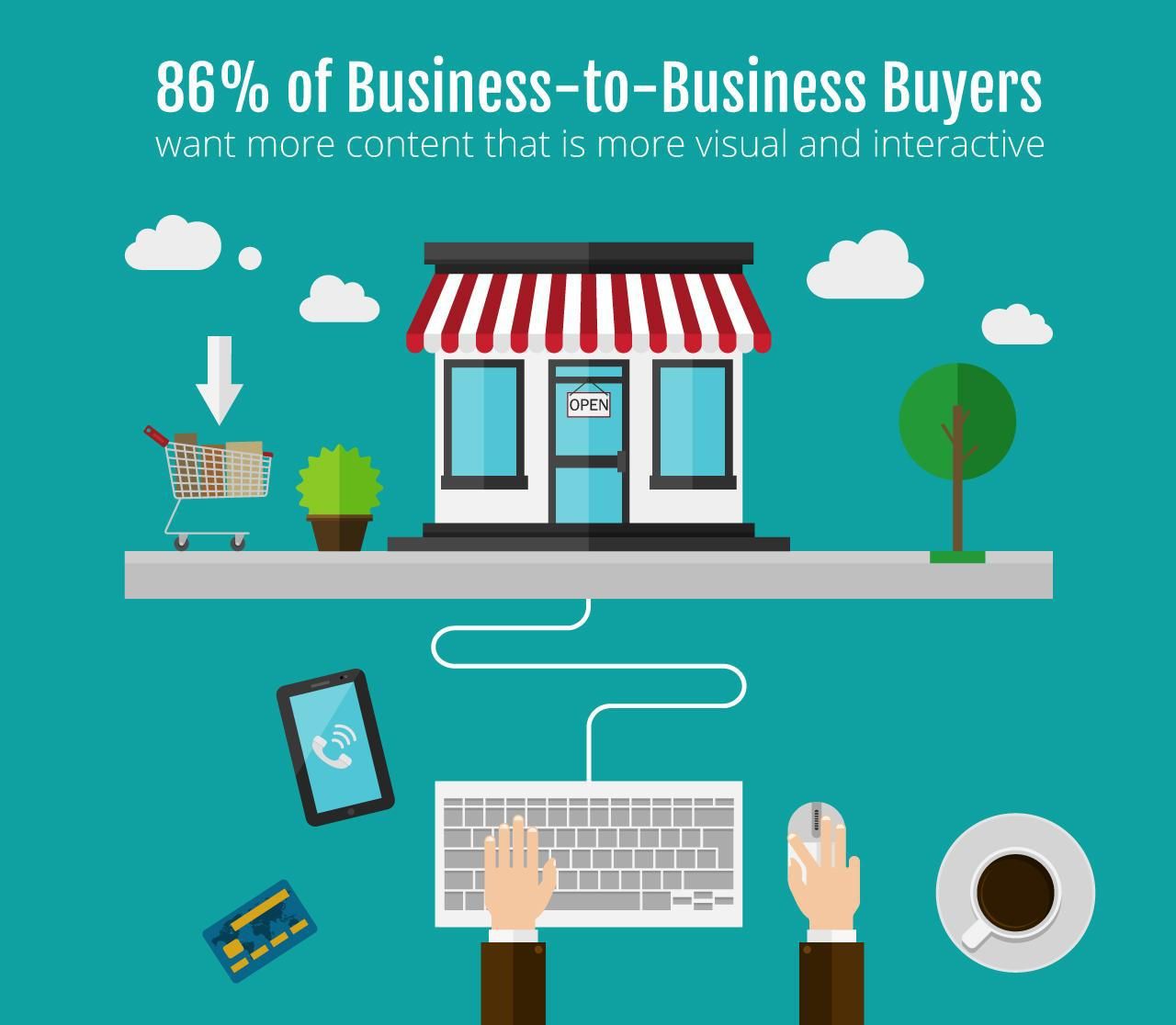
Although incorporating the tools of marketing can be problematic for some businesses, they are still placing their trust in this advanced technology to help bridge the gap between the Sales and Marketing departments. The numbers show that 86% of Business-to-Business buyers want more content that is more visual and interactive.
Also according to the latest statistics, 87% of the best-performing companies utilize a marketing automation platform. Surprisingly, an average of only 32% of the marketers that have purchased marketing software use it to its full capacity. However, when you have Genius Monkey at your side to do the marketing for you, it becomes nary a thought, as we utilize 100% of our proprietary state-of-the-art technology to create and manage a proven and highly successful programmatic marketing platform.

2015 Marketing Trends Statistics in Review:
- 94% of B2B buyers indicate that they do research before buying
- This researching leads to 57-70% of the decision being made before even speaking to a representative or sales person
- The top 3 content formats for gaining this information are White Papers (78%), Case Studies (73%) and Webinars (67%)
- 97% of B2B buyers have more confidence in content that is peer-reviewed and user-generated
- 90% of consumers trust peer recommendations
- Putting dollars into Paid Social will make your business really pick up speed
- The average Facebook users see 1,500 posts in their newsfeed each time they log in
- 53% of marketers consider distribution as a necessity, while only 26% of them are actually invested in distribution
- 87% of top-performing companies utilize a Marketing Automation Platform
- 70% of advertisers use overlapping software solutions, as well as workflows across various channels
- Only 10% of advertisers consider their solutions to be fully integrated across people, processes and platforms
- On average, advertisers only utilize 32% of the capabilities of the software solutions they use


